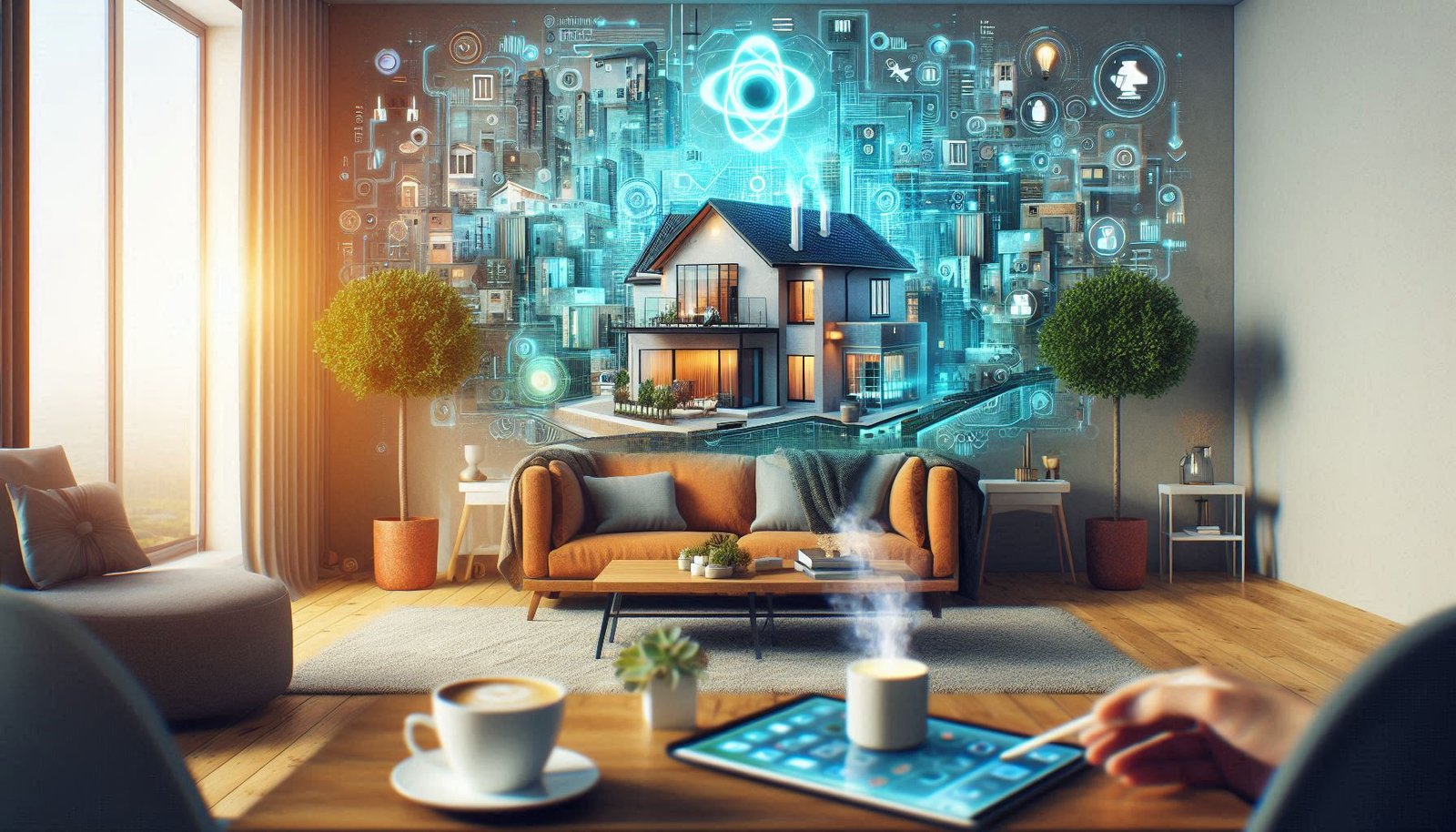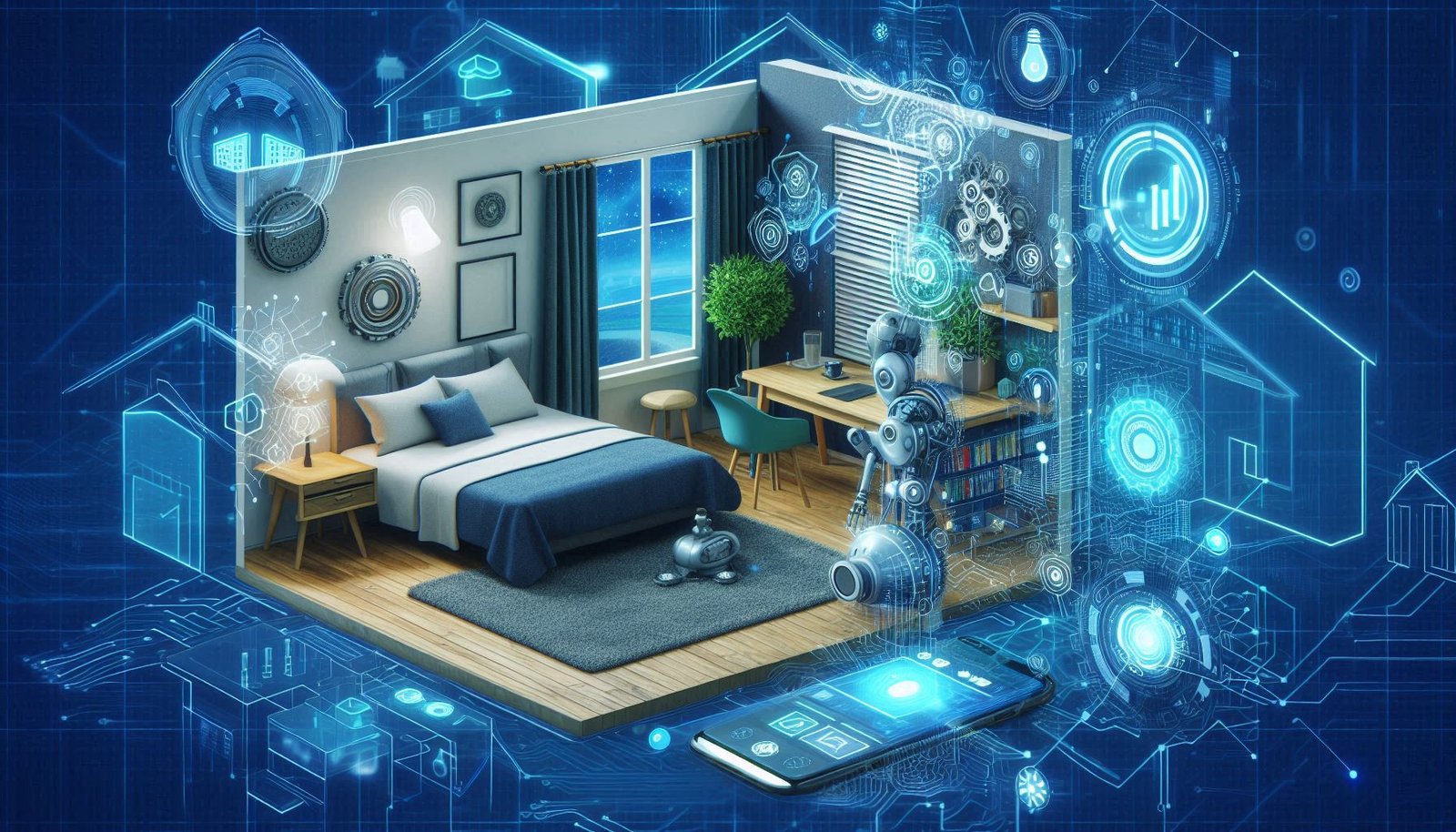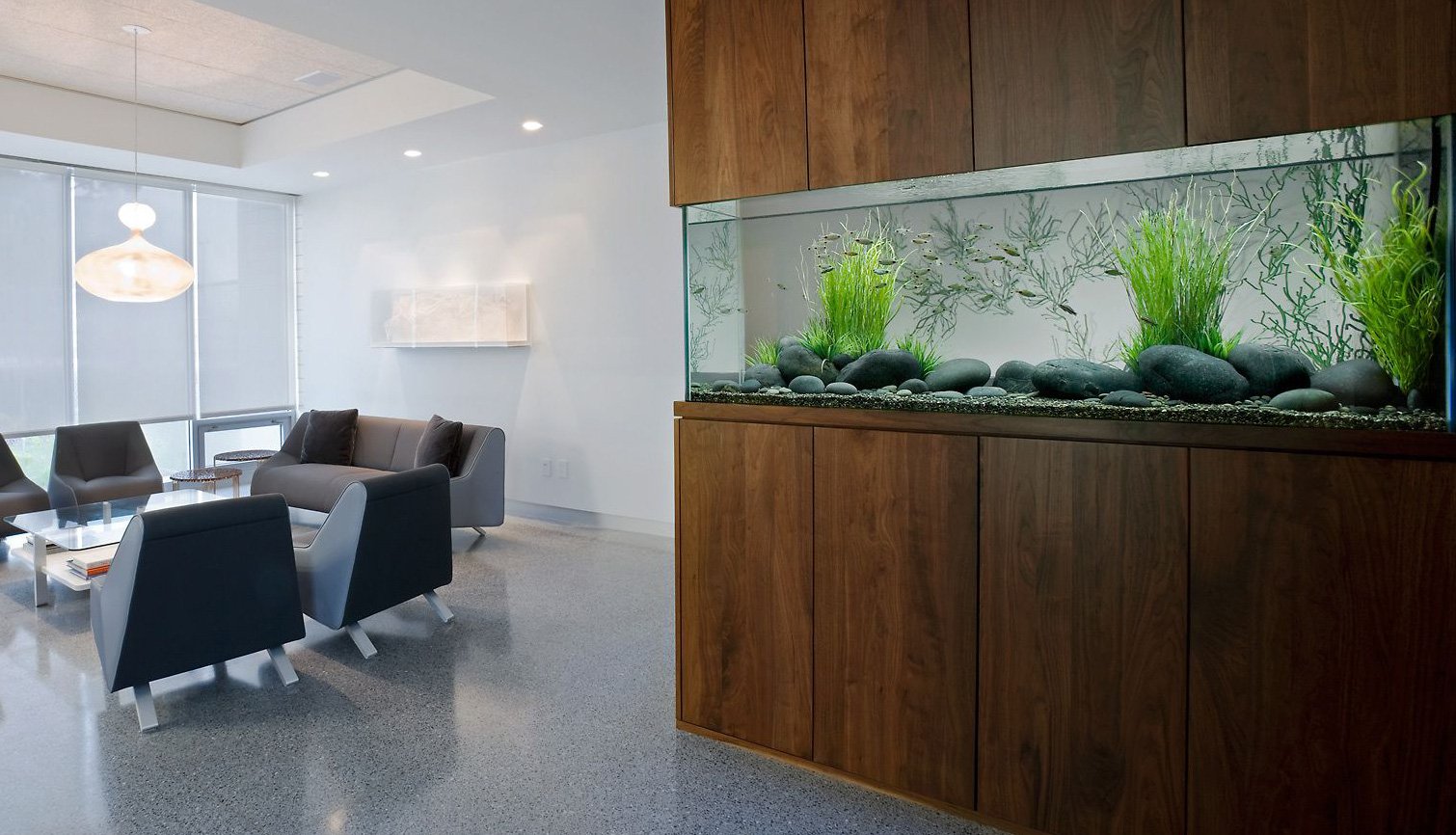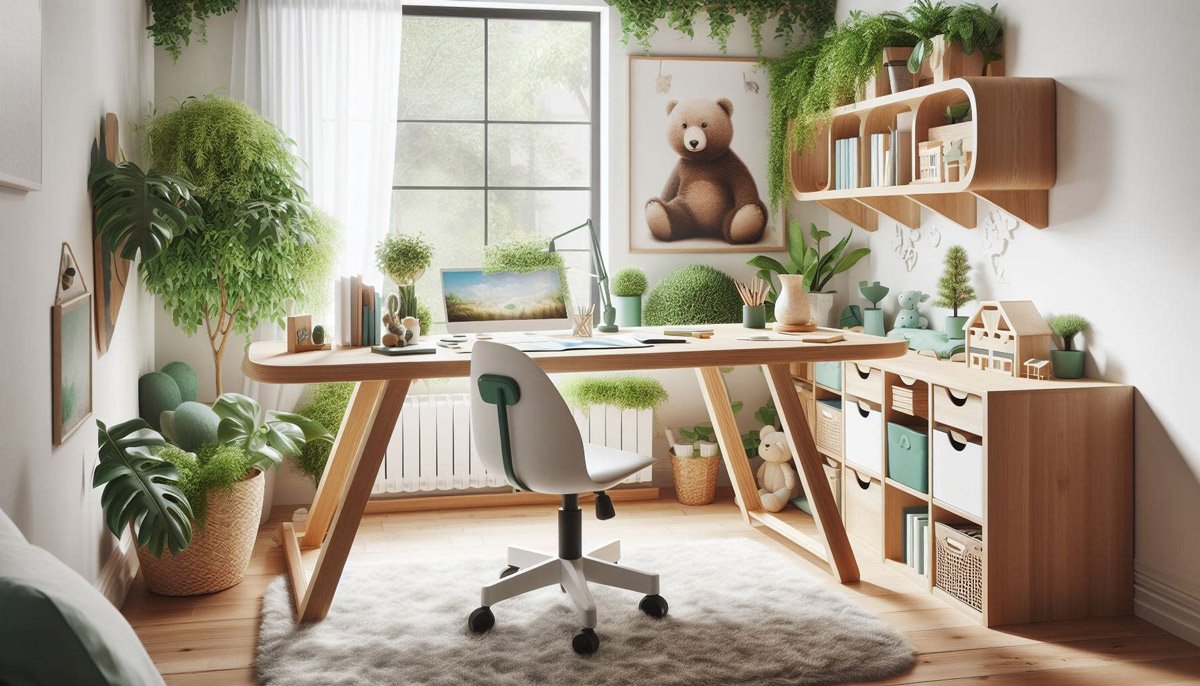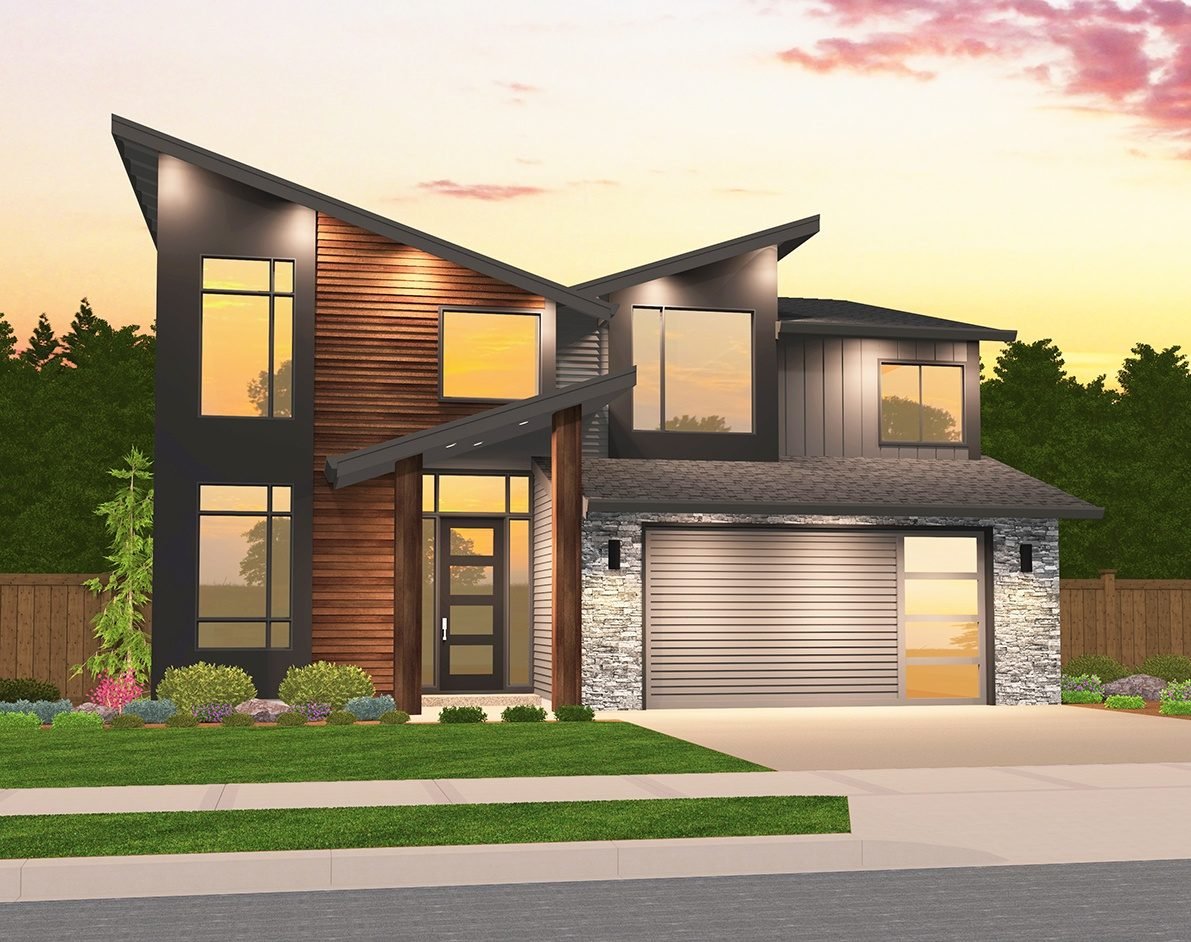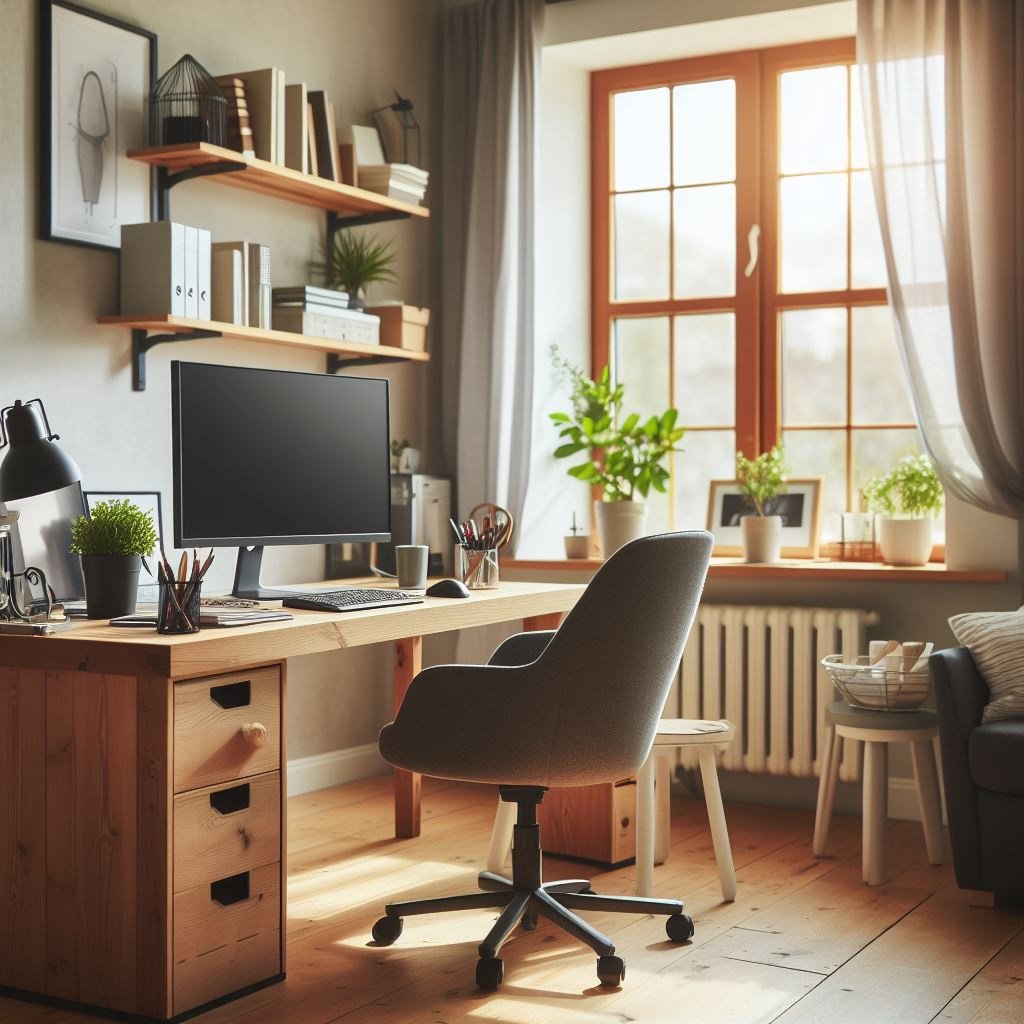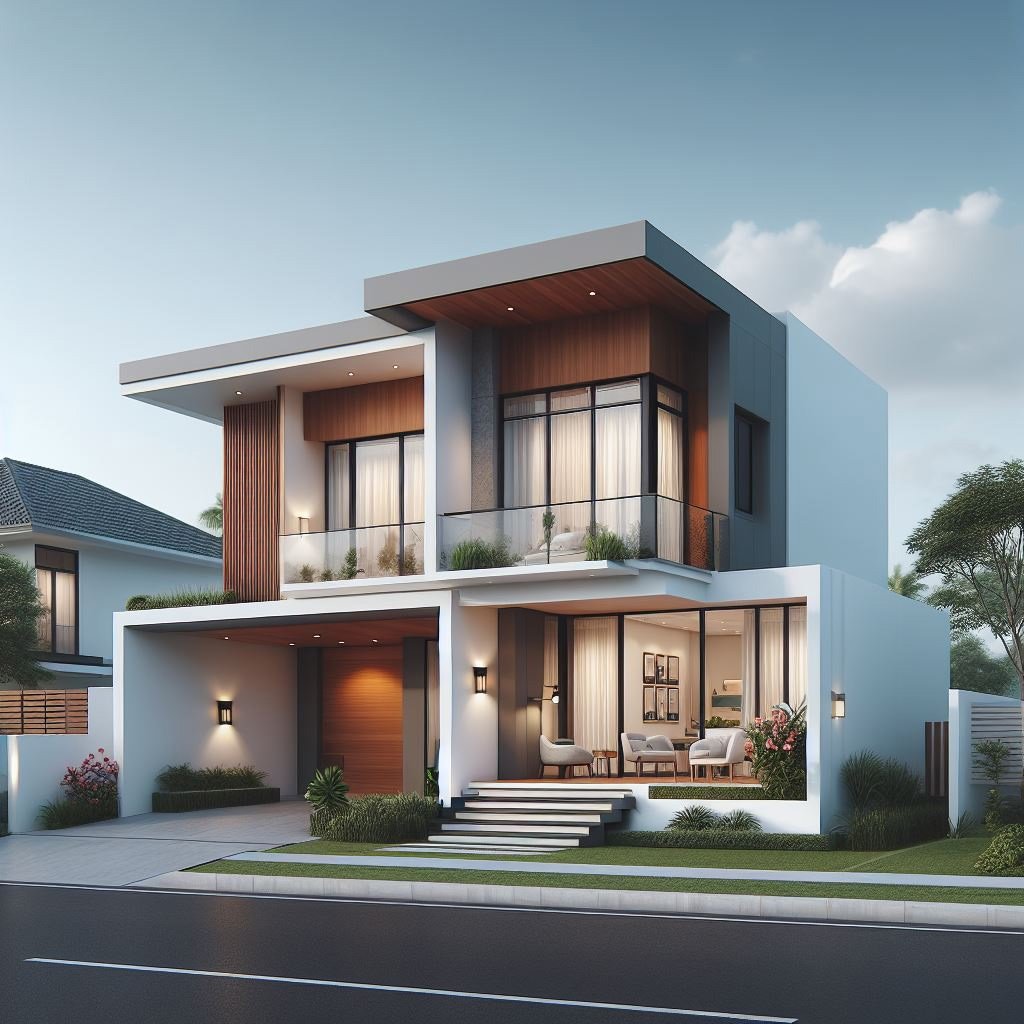Harnessing AI and IoT to Enhance Home Living
The convergence of Artificial Intelligence (AI) and the Internet of Things (IoT) is reshaping modern living spaces. Today’s smart homes are more than just a luxury—they are innovative ecosystems that optimize comfort, efficiency, security, and sustainability. In this article, we explore how integrating AI with IoT transforms essential aspects of home management, including water, light, climate, and security, along with many other innovative applications.
1. The Rise of AI and IoT in Smart Homes
Advances in AI have paved the way for smarter, more responsive home environments. Coupled with IoT, which connects everyday devices via the internet, homeowners can now benefit from systems that learn from behavior patterns and adapt to real-time conditions. This dynamic synergy not only boosts energy efficiency but also enhances safety, convenience, and overall quality of life.
2. Water Management: Efficiency and Sustainability
Water is a critical resource, and managing its use efficiently is essential for both environmental sustainability and cost savings. AI-powered IoT devices in water management offer several advantages:
- Smart Irrigation Systems: Sensors monitor soil moisture and weather forecasts to optimize watering schedules, ensuring that gardens and landscapes receive the right amount of water without wastage.
- Leak Detection: IoT sensors embedded in pipes and fixtures can quickly detect leaks or irregular water usage patterns. AI algorithms analyze these signals, alerting homeowners instantly and preventing costly damage.
- Usage Analytics: Detailed data collection and AI-driven analytics provide insights into daily consumption patterns. Homeowners can then make informed decisions to reduce water usage, contributing to broader conservation efforts.
These systems not only help reduce utility bills but also support a more sustainable use of natural resources.
3. Light Management: Energy Efficiency and Ambience
Lighting plays a crucial role in both the functionality and mood of a living space. By integrating AI with IoT-enabled lighting systems, homeowners gain unprecedented control over their indoor and outdoor environments:
- Adaptive Lighting: AI algorithms can learn a household’s daily routines and preferences, automatically adjusting brightness and color temperature to suit activities—whether it’s a vibrant setting for work or a relaxing ambience for evening wind-down.
- Energy Savings: Smart lighting systems can detect natural light levels and adjust artificial lighting accordingly. This not only minimizes energy consumption but also prolongs the life of light bulbs.
- Remote and Voice Control: Integration with virtual assistants allows users to control lighting systems remotely or through voice commands, adding another layer of convenience and accessibility.
These intelligent systems transform how we interact with our home environments, creating both energy-efficient and mood-enhancing spaces.
4. Climate Management: Personalized Comfort and Health
Maintaining the ideal indoor climate is vital for comfort and health. AI and IoT technologies provide advanced climate management solutions that go beyond traditional thermostats:
- Smart Thermostats: These devices learn from occupants’ schedules and behavior, optimizing heating and cooling settings to maximize comfort while reducing energy consumption. They can also adjust based on external weather conditions, ensuring the indoor environment remains stable.
- Air Quality Monitoring: Sensors track various parameters such as humidity, temperature, and pollutants. AI systems analyze this data to maintain optimal air quality by activating air purifiers or ventilation systems when necessary.
- Zonal Climate Control: In larger homes, different zones may have varying comfort needs. AI-driven climate control systems can independently manage the temperature and air quality in each zone, ensuring that every room maintains its ideal environment.
By tailoring climate control to individual preferences and environmental conditions, these systems create healthier and more comfortable living spaces.
5. Security Management: Proactive and Responsive Protection
Security remains a top priority for any household. The integration of AI and IoT into home security systems has ushered in a new era of proactive, intelligent monitoring:
- Smart Surveillance Cameras: Equipped with AI, modern cameras can differentiate between routine activity and potential threats. They offer real-time alerts, reducing false alarms by recognizing familiar faces or pets.
- Access Control Systems: IoT-connected locks and biometric devices provide secure, keyless entry options. AI enhances these systems by learning user habits and detecting unusual access attempts.
- Integrated Alarm Systems: AI can correlate data from various sensors—motion detectors, window and door sensors, and even glass break detectors—to assess potential security breaches more accurately. This multi-layered approach ensures rapid response in the event of an intrusion.
These technologies create a robust security framework that protects homes while offering remote monitoring capabilities for peace of mind.
6. Beyond the Basics: Additional Smart Home Innovations
While water, light, climate, and security are critical components, AI and IoT extend their benefits across many other aspects of home life:
- Energy Management: Smart meters and energy monitoring systems work with AI to analyze consumption patterns, optimize the use of appliances, and even schedule operations during off-peak hours, significantly lowering energy bills.
- Appliance Automation: From refrigerators that track groceries to ovens that suggest recipes based on available ingredients, AI integration is transforming daily chores into seamless experiences.
- Health and Wellness: Wearable devices connected to home systems can monitor health indicators and adjust living conditions to support well-being. For instance, smart beds can adjust firmness for optimal sleep, while ambient lighting can be tuned to improve mood and productivity.
- Entertainment Systems: AI-driven entertainment systems personalize content suggestions, adjust sound levels based on room acoustics, and integrate with smart assistants for hands-free operation.
Each of these innovations contributes to an environment that is not only efficient but also adaptive to the unique lifestyle and preferences of its occupants.
7. Overcoming Challenges and Ensuring Integration
Despite the transformative potential of AI and IoT in home management, several challenges remain:
- Data Privacy and Security: With the proliferation of connected devices, protecting sensitive data becomes paramount. Homeowners must ensure robust cybersecurity measures are in place to safeguard against breaches.
- Interoperability: Integrating devices from different manufacturers can be challenging. Standardized protocols and platforms are critical for seamless communication between devices.
- Cost and Accessibility: While prices are gradually decreasing, the initial investment for a fully integrated smart home system can be significant. However, the long-term savings and benefits often justify the expense.
Addressing these challenges involves a collaborative effort from technology providers, regulatory bodies, and consumers alike.
8. Looking to the Future: The Evolution of Smart Homes
The journey toward fully intelligent homes is ongoing. As AI algorithms become more sophisticated and IoT devices more ubiquitous, we can expect even greater integration and smarter systems. Future trends may include:
- Predictive Maintenance: AI will predict when household systems require servicing, reducing downtime and preventing costly repairs.
- Enhanced Personalization: Homes will further adapt to the individual behaviors and health needs of their residents, creating truly personalized living environments.
- Sustainable Living: With continuous improvements in energy management and resource conservation, smart homes will play a pivotal role in global sustainability efforts.
The future of smart homes promises to be not only technologically advanced but also deeply attuned to enhancing quality of life.
Conclusion
The integration of AI and IoT in home management is revolutionizing the way we live. By intelligently controlling water, light, climate, security, and many other aspects of our living spaces, these technologies offer unprecedented convenience, efficiency, and safety. As we continue to refine and expand these systems, the vision of a truly smart home—one that learns, adapts, and anticipates our needs—moves closer to reality. This evolution represents not just a technological leap but a significant enhancement in the quality of life for homeowners worldwide.
